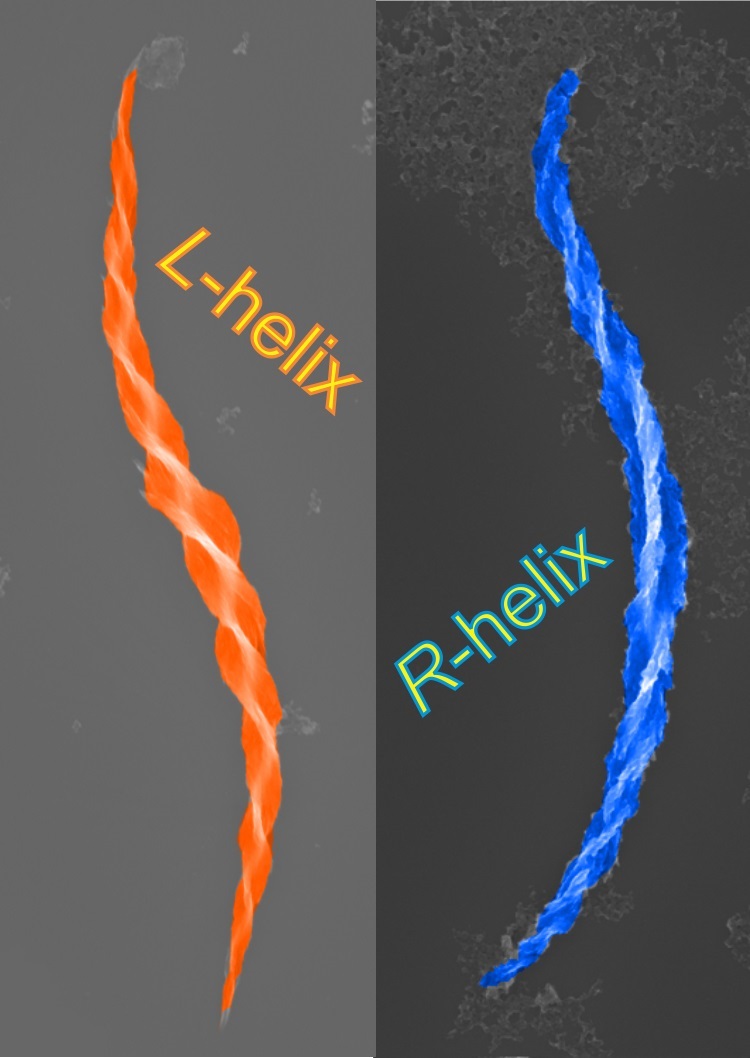March 03, 2017
Amino acids, the basic constituents of proteins, are the quintessential building blocks of life. They are known to have chirality - the geometrical property describing whether an object is actually identical with its mirror image. Mirror images of amino acids known as L-type (or "left") are called D-type (or "right"). Despite of largely similar chemical and physical properties, the vast majority of the amino acid in Nature is L-type. Although the reasons for such preference are not known, chemist, biologists and doctors know that chirality of amino acids is a cause for the specific twist of many proteins essential for human life.
A research team led by Nicholas A. Kotov in the Department of Chemical Engineering at University of Michigan discovered that, a common amino acid cysteine can twist not only proteins but also semiconductors. Scientists and engineers have wanted to find such method for a long time so that they can use their ability to twist the light beams.
Moreover, this amino acid produces semiconductor "tornados" so efficiently that up to 98% of the helices have one twist direction. These semiconductor helices can be made in large quantities and be incorporated into electronic and optical devices, for instance for projection of 3D images on cell phones.
The researchers coated nanoscale particles with this amino acid using its L- or D-type and observed that they spontaneously assemble into nearly perfect left or right handed helices of light-emitting semiconductor. Even though the difference in chemical properties between the two amino acids of the opposite chiralities is small, by acting collectively they force the nanoparticles to assemble following the helical pattern similar to proteins.
The authors captured videos of photons swirling around the semiconductor helices.
Their measurements and computer simulations revealed with great clarity that these helices were more suitable than metallic, plastic, or ceramic materials for use in electronics because of the optimal combination of broadband activity, intense light-matter interaction and light modulation capability. The team also developed an entire toolbox for engineering their optical properties, for instance the pitch (the height of one complete helix turn) can be optimized to maximize light-matter interaction.
Considering that nanoparticles may be ubiquitous in Earth’s primordial environment, could they be involved in the origin of homochirality of the known life forms? Peeking through the window provided by this study, it seems entirely possible that early amino acids could guide the assembly of nanoparticles during those times leading to the appearance of larger chiral structures. This work may provide important clues to what might have been happening in the prehistoric times on our planet.
This work was published in the March 1 st , 2017 edition of Science
Advances (DOI:10.1126/sciadv.1601159). It is freely available under the CCBY-NC license.
Citation: W. Feng, J.-Y. Kim, X. Wang, H. A. Calcaterra, Z. Qu, L. Meshi, N. A. Kotov,
Assembly of mesoscale helices with near-unity enantiomeric excess and light-matter interactions for chiral semiconductors. Sci. Adv. 3, e1601159 (2017).















